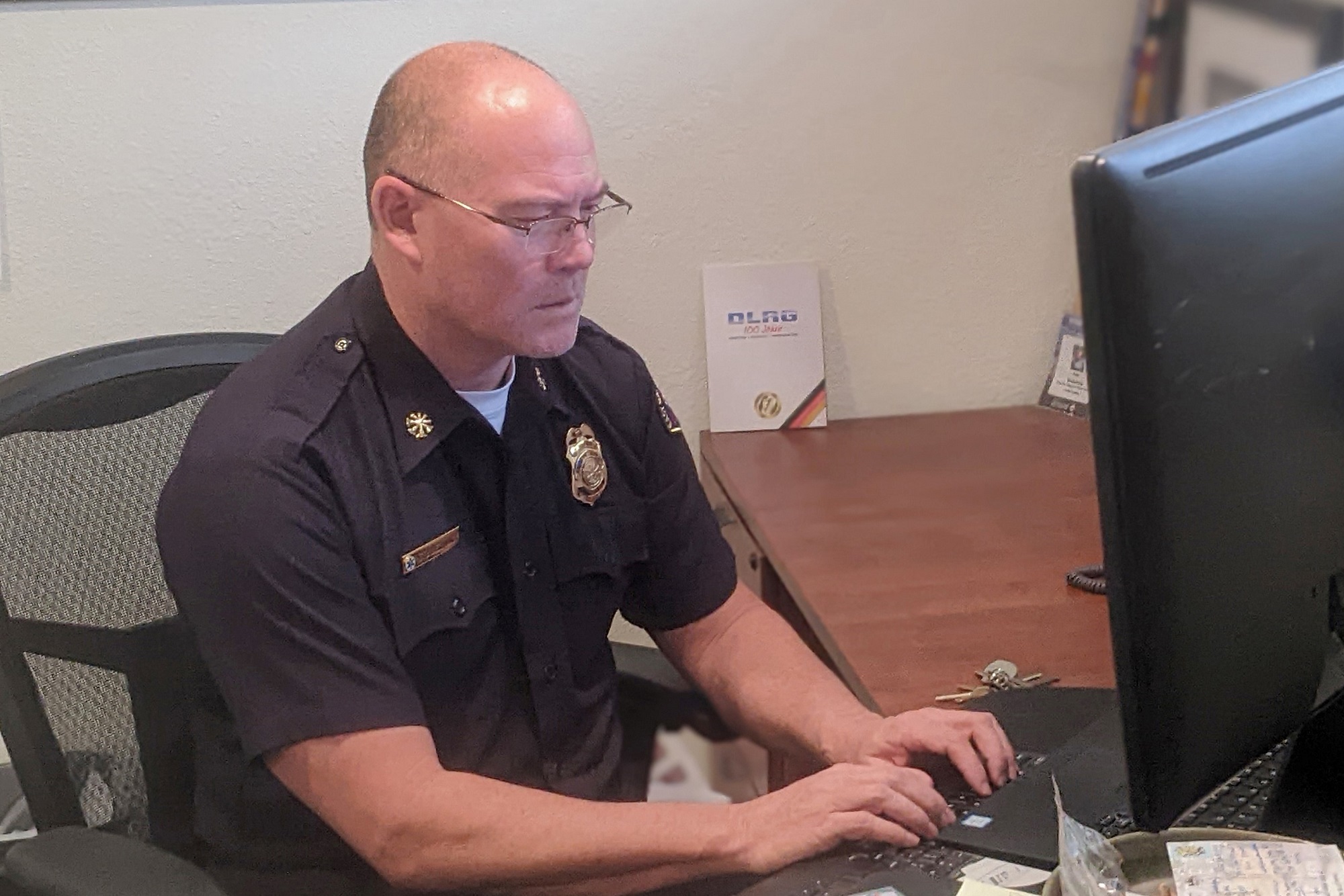In June of 2023, the United States National Water Safety Action Plan (USNWSAP) was released. As an aquatic professional, I was looking forward to this. It would be the first time I had access to a national action plan that would assist my agency in water safety education and drowning prevention.
I read it. It was a lot to wrap my head around. I read it again, trying to figure out what would be my takeaway from the plan. It was a bit overwhelming. Here are the six key areas:
· Barriers, Entrapment, and Electrical Safety
· Data and Public Health Surveillance
· Life Jackets, Personal Floatation Devices, and Other Floatation
· Rescue and CPR
· Lifeguards and Supervision
· Water Safety, Water Competency, and Swimming Lessons
I mentally began to review the areas to consider what our agency could to do to participate in the plan. What would be the pros and cons of each key area, and what were we immediately doing and what would need to be implemented?
I knew my pools had fencing and my natural bodies of water that we lifeguarded had clear signage that stated, “Swim at your own risk, when lifeguards are not on duty.” So, the area of Barriers, Entrapment, and Electrical Safety would not be my focus.
Then I considered Data and Public Health Surveillance. We currently track attendance, rescues, swim lessons, life jackets lent, group water safety talks and swim tests. Could we do more? I would have to think about that.
For Life Jackets, Personal Floatation Devices, and Other Floatation, all my aquatics facilities had life jacket loaner stations, and we currently had a water safety program that gave away life jackets on an annual basis. The life jacket giveaway program could be increased at more of my sites. I wonder how much that would cost?
In looking at Rescue and CPR, I knew we could provide more CPR classes. Currently we were only providing classes in-house. We could expand and offer CPR to the public. But how much how much time, effort, and staffing would that entail?
Lifeguards and Supervision, we could offer a water watcher program, and increase our Basic Water Rescue course. Again, how much effort and staffing would that take?
Finally, I assessed Water Safey, Water Competency, and Swim Lessons, We do teach swim lessons, which are very popular. We found that formalized swim lessons require a family to make a commitment in time, money and transportation for a child to successfully participate. But with formalized, fee-based swim lessons, were we reaching underserved populations? Were we truly serving everyone who was at risk of drowning? Participation in our free daily swim lesson program was increasing. We could expand the program to additional sites.
But what were we doing right now, that would help in the USNWSAP? It would be our data from all the preventative actions my staff does. A lifeguard’s job is 99% prevention. We could provide definitions to all the duties and actions a lifeguard does, and then begin to measure them. How many prevents does a lifeguard do while in the tower? How many wrist bands are given out to non-swimmers? How many water safety talks are done in classrooms and for visiting groups? My team could a much better job at tracking and documenting all of this. Currently, we’ve partnered with our local chapter of Safe Kids Worldwide to provide prevention data under their Water Safety category.
Is it enough? Probably not. But it’s a start, and starting is all that matters.


